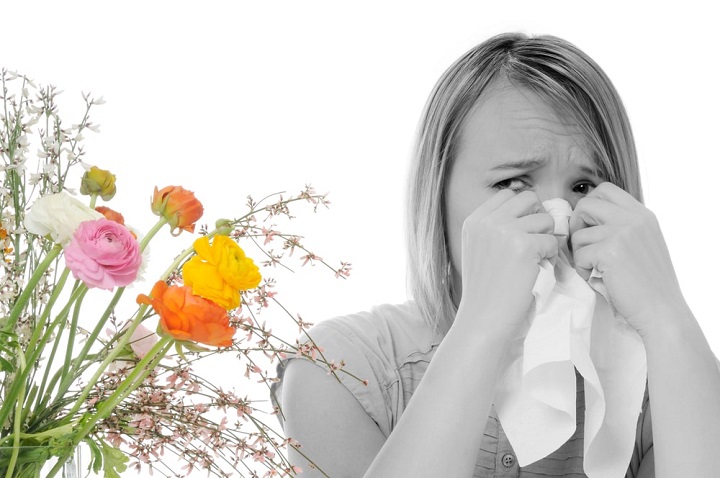Seasonal allergies or allergic reactions that occur in a particular season are called hay fever, which gets the name from hay cutting season. According to a report by the American Academy of Allergy, Asthma & Immunology, almost 8% of the total American population suffers from hay fever. It occurs when your body has an adverse reaction to a foreign body, typically known as an allergen. There are plenty of seasonal allergy treatment options that may offer relief from this condition.
In the case of an allergic episode, your body identifies an otherwise harmless particle and responds to it by releasing histamine, among other chemicals, into the bloodstream thereby creating flu and fever like symptoms. The allergen could be pollen from trees, grass, or weed.
Different types of plants release their pollen at different times throughout the year so there isn’t a particular season when everyone would experience allergic reactions. Some people experience these allergies all year round but for most people, winter is the safest season.
In this article we will tell you the symptoms and causes of seasonal allergies and some seasonal allergy treatments.
Symptoms of Seasonal Allergies
Symptoms of seasonal allergies can differ from person to person. Here are some of the common symptoms of seasonal allergies:
– Watery or stuffy nose.
– Lots of sneezing.
– Congested ear and nasal canal.
– Itching in throat and ear canal.
– Postnasal drainage.
Other symptoms that are less common include, but are not limited to:
– Shortness of breath.
– Headaches.
– Bouts of cough.
– Constant wheezing.
– If you suffer from asthma, asthma attacks are also possible.
Causes of Seasonal Allergies
Allergy triggers vary from season to season:
Spring
Spring is normally the season during which most people suffer from allergies. Those in the northern latitudes are mostly affected by pollen from Birch. Other trees include alder, chestnut, cedar, willow, and poplar.
Fall
Fall or autumn is ragweed season in the U.S. These are invasive plants and very difficult to manage. Their pollen is a very strong and common allergen that sometimes causes extremely severe symptoms. Other plants that cause allergies during the fall are mugworts, sorrels, fat hens, and plantains.
Summer
Grass is usually the trigger for allergies during the summer, according to the Asthma and Allergy Foundation of America, including ryegrass and some types of weeds.
Winter
Winter is the safest season for most of the people who suffer from allergies because most allergens are dormant during the cold. The only allergens you need to worry about during the winter are indoor allergens and they can easily be removed from your home if you follow a few simple things:
– Fix water leaks to avoid mold growth.
– Thoroughly clean places where mold could form, such as coolers, humidifiers, and refrigerators.
– Wash your bedding with hot water.
– Remove carpets and anything that may accumulate dust.
– Get rid of excess moisture by using a dehumidifier.
Treating Seasonal Allergies
Avoidance
Take the following steps to avoid hay fever:
– Keep front door and windows shut.
– Use air conditioners with a HEPA filter.
– Wear a mask whenever you are outside.
– Check the local weather news and stay indoors when pollen count is high.
Medication
To treat your allergies and counteract their affect, use over-the-counter medication such as antihistamines, decongestants, and nasal sprays as prescribed by your doctor. In case of a severe allergic reaction, your doctor may recommend that you get an allergy shot. Before you start any seasonal allergy treatment, keep in mind the possible side effects.
Alternative Treatments
A few studies have shown that some alternative seasonal allergy treatment options also work in combating seasonal allergies, including:
– Using vitamin C due to its antihistamine properties.
– Spirulina, which is a type of blue green algae also used in treating allergies.
– Yogurt helps treat seasonal allergies because of a bacteria called lactobacillus acidophilus present in it.
– A falvonoid called quercetin may provide relief from symptoms.
Featured Image: depositphotos/belchonock




